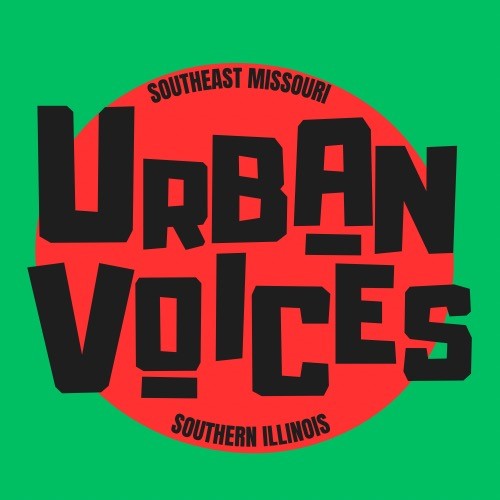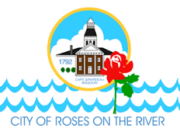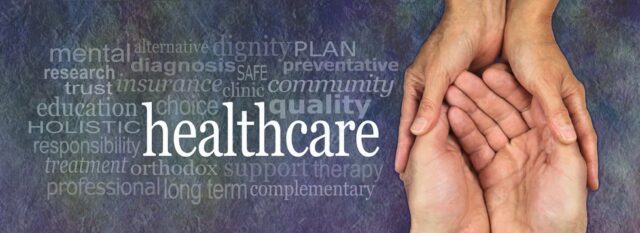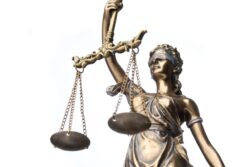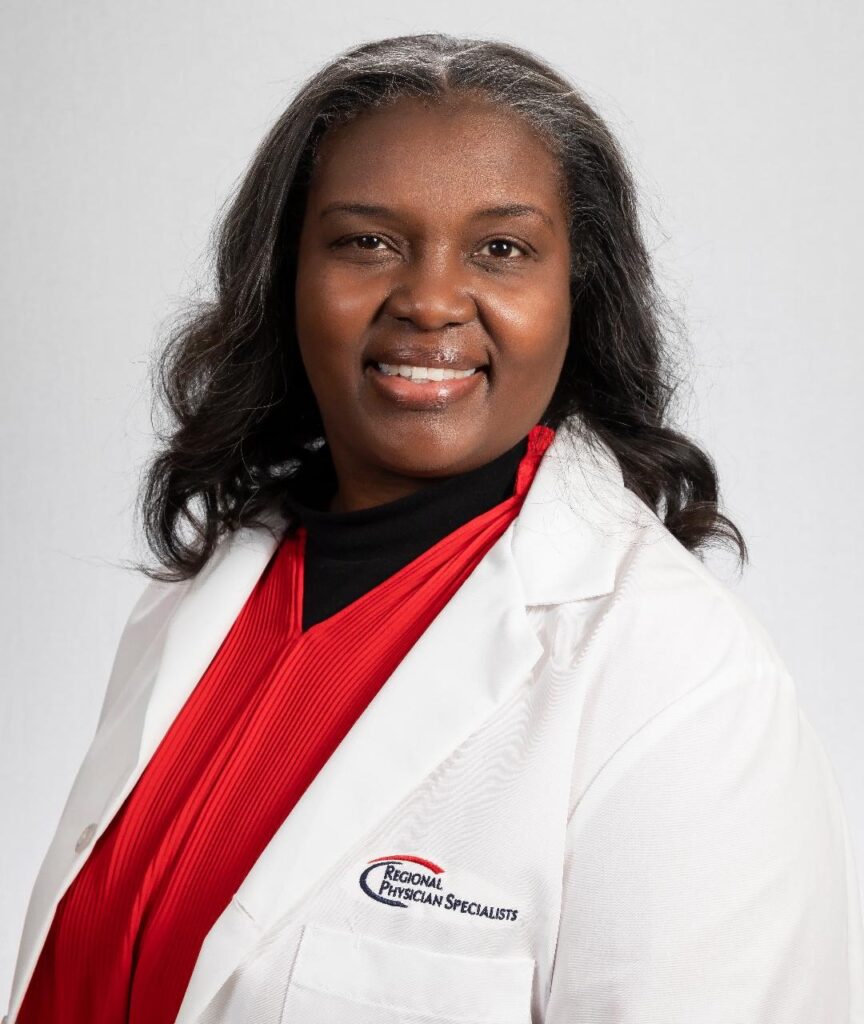
Have you ever heard of someone having a stroke? Do you know what that terminology means? Briefly in this article, let’s explore this topic.
I began practicing medicine in 1994; having just graduated from medical school, I was assigned to Charlton Methodist Hospital in Dallas, TX for my residency. Eager to fulfill my life-long passion from the age of 6 years old of becoming a doctor, I will never forget this day that I’m about to share with you.
We often remember the firsts in our lives. This particular day started off like most. I was the resident physician on call. My job was to see patients who the emergency room (ER) physician deemed sick enough to be admitted to the hospital. And after my evaluation, I would write orders for them to be transferred to the appropriate hospital unit for their care. I had done this before so this was nothing new. After responding to my pager at about 2 am, I called the emergency room and the nurse got the doctor on the line. The ER doctor began to give me the history and condition of the patient. She was an African American woman in her mid-sixties who was having symptoms of an active stroke. Her speech was slurred with a droop to the left side of her face and her left arm was weaker than the right arm on initial exam. After discussion with the ER doctor and receiving further information from a son who disclosed that her symptoms had started 24 hours before, it was agreed upon that the patient would be admitted for observation and a consult was requested for the neurologist later that morning. Let’s fast forward. Within 48 hours the patient was deceased! This was the first time I experienced death as a medical doctor. And the unfortunate death was due to complications from a stroke.
WHAT IS A STROKE? According to the Center for Disease Control (CDC), “a stroke, sometimes called a brain attack, occurs when something blocks blood supply to part of the brain or when a blood vessel in the brain bursts. In either case, parts of the brain become damaged or die. A stroke can cause lasting brain damage, long-term disability, or even death.”
WHAT ARE THE SIGNS OF A STROKE?
The Mayo Clinic says,
- Trouble speaking and understanding what others are saying. A person having a stroke may be confused, slur words or may not be able to understand speech.
- Numbness, weakness or paralysis in the face, arm or leg. This often affects just one side of the body. The person can try to raise both arms over the head. If one arm begins to fall, it may be a sign of a stroke. Also, one side of the mouth may droop when trying to smile.
- Problems seeing in one or both eyes. The person may suddenly have blurred or blackened vision in one or both eyes. Or the person may see double.
- Headache. A sudden, severe headache may be a symptom of a stroke. Vomiting, dizziness and a change in consciousness may occur with the headache.
- Trouble walking. Someone having a stroke may stumble or lose balance or coordination.
You can quickly identify if someone is having a stroke and know what to do by memorizing this acronym and act: F.A.S.T.
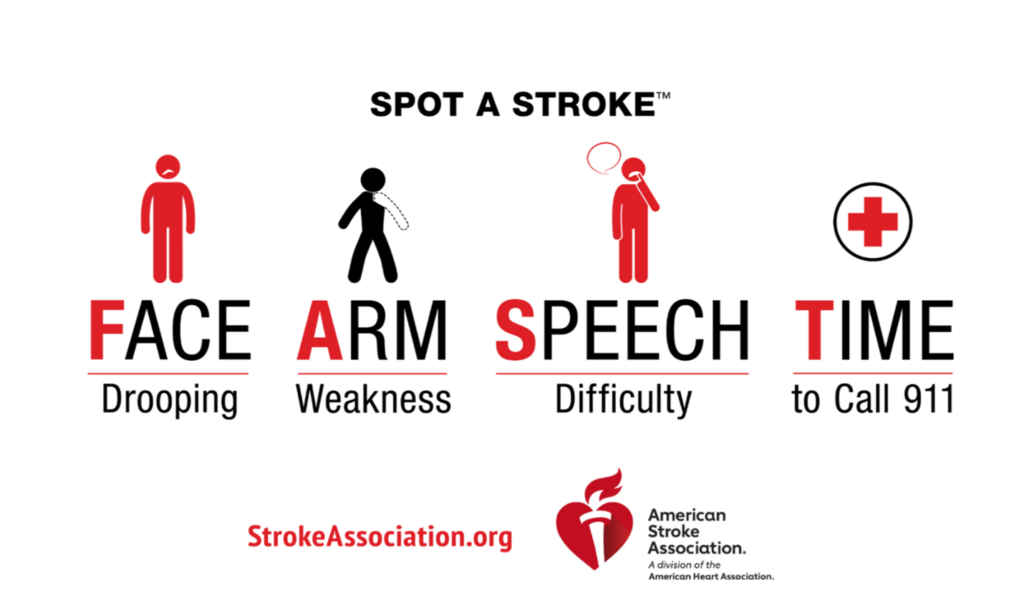
It is important to know how to recognize if you or someone else is having a stroke. Calling 911 at any sign of stroke is crucial, because stroke care starts when the ambulance arrives. Remember my first loss to stroke, the patient had been experiencing symptoms for over 24 hours. AND QUICKLY RECOGNIZING THE SIGNS OF A STROKE IS CRUCIAL!
But what are some of the things we can do to reduce the risk of having a stroke? According to U.S. Department of Health and Human Services.
- Keep your blood pressure in the normal range
- If you smoke, quit
- Keep your blood sugar (glucose) in the normal range
- If you have heart disease, get treatment
- Keep your cholesterol levels in the normal range
- Stay at a healthy weight
- Get active
Why is this so important in the African American community? African Americans are 50 percent more likely to have a stroke as compared to their white adult counterparts. Alarmingly, black men are 70 percent more likely to die from a stroke as compared to non-Hispanic whites. And African American women are twice as likely to have a stroke as compared to non-Hispanic white women according to the US Department of Health and Human Services- Office of Minority Health.
As you can see, cerebrovascular disease is a very serious condition. So, let’s resolve to be a healthier community and live our best lives. Even if an individual follows all of the preventative guidelines listed above, it is still possible to have a stroke. That’s why early recognition of the signs is vital. So don’t forget. If you think someone may be having a stroke act F.A.S.T!
Maxine Theriot MD, is a Fellow of the American Professional Wound Care Associates and Certified Medical Examiner of Divers. She is board certified in both Family Medicine, and Undersea and Hyperbaric Medicine. Currently, Dr. Theriot is the Medical Director of the Wound Healing and Hyperbaric Center located in the Poplar Bluff Regional Medical Center. Dr. Theriot is a proponent of a whole food plant based dietary lifestyle. And she facilitates a faith-based health and wellness seminar entitled C.R.E.A.T.I.O.N Health.
